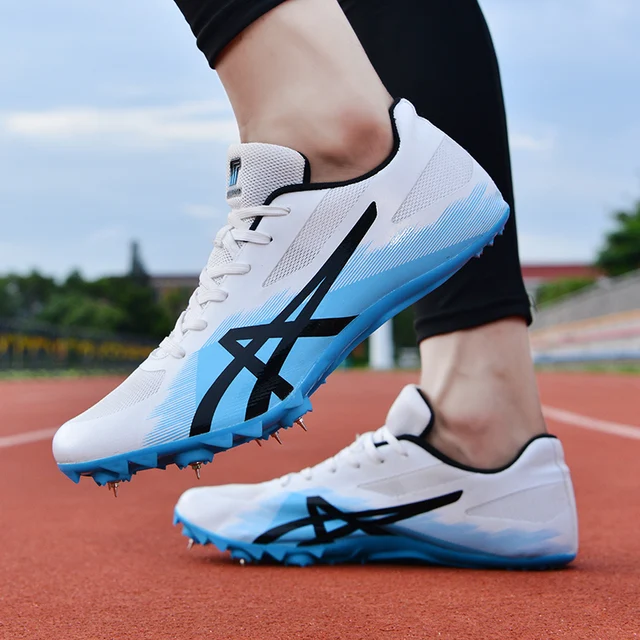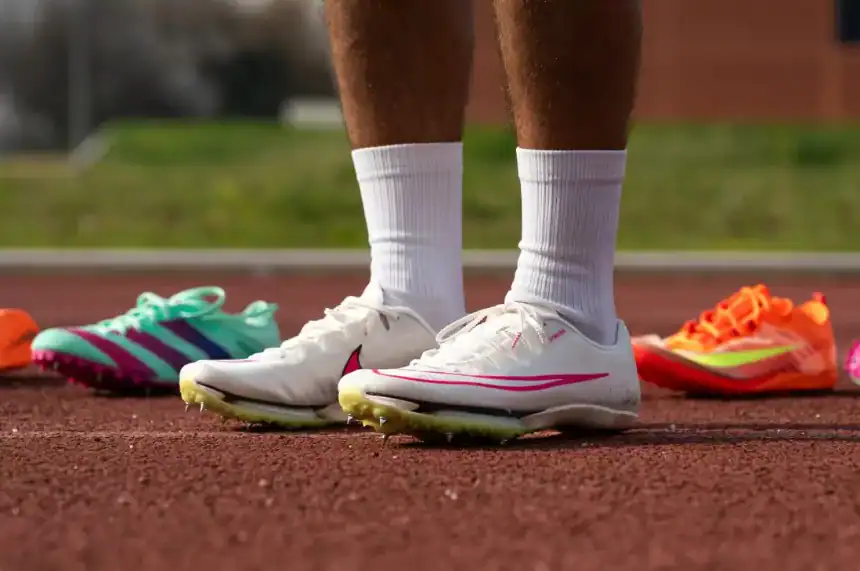Blog
Choosing the Right Track and Field Shoes: The Importance of Perfect Fit

When it comes to track and field events, your footwear plays a crucial role in your performance. Finding the right track and field shoes not only enhances your comfort and stability, but it also gives you the edge you need to excel on the field. In this article, we will explore the importance of finding the perfect fit for your track and field shoes, with a particular focus on the significance of spikes on track and sprint spikes.
Understanding the Role of Spikes on Track:
Spikes, also known as pins or cleats, are an integral component of track and field shoes. These sharp protrusions on the sole of the shoe provide traction and grip on the track surface. Additionally, they enable athletes to generate maximum power and speed during different events.
- The Importance of Proper Fit:
- a) Enhanced Performance: A well-fitted pair of track and field shoes can optimize your performance by preventing slips and slides on the track. With the right fit, you’ll feel connected to the ground, giving you greater control and stability during sprints, jumps, and throws.
- b) Injury Prevention: Ill-fitting shoes can potentially lead to blisters, hot spots, and even more severe injuries such as ankle sprains. By choosing the correct size and width for your feet, you minimize the risk of discomfort and injuries.
- c) Personalized Comfort: Selecting shoes that fit perfectly allows for a comfortable experience throughout your training and competition. This comfort level can alleviate distractions, allowing you to focus solely on giving your best performance.
Choosing the Right track and Field Shoes:
- a) Determining Your Event: Different track events require specific types of shoes. For sprinters, sprint spikes are recommended, as they are designed to provide maximum speed and support for short-distance races. On the other hand, distance runners might need shoes that prioritize cushioning and endurance for longer races.
- b) Proper Measurement: Accurate foot measurement is key to finding the right fit. Visit a professional shoe store to have your feet measured, as our feet size can change over time. This step ensures you have the correct length and width for your shoes.
- c) Trying Them On: Don’t rush when trying on track and field shoes. Walk, jog, and perform small sprints to assess their comfort and fit. Pay attention to the toe box, arch support, and overall stability of the shoe.
- d) Seeking Expert Advice: Consult with experienced coaches or professional athletes who have expertise in your event. They can provide valuable insights and recommendations based on their own experiences.
Additional Considerations:
- a) Breaking-In Period: Remember that track and field shoes often require a breaking-in period. Therefore, it is advisable to wear them around the house or during light training sessions before racing in them.
- b) Regular Check-Ups: As you continue training and competing, periodically evaluate the fit of your shoes. Feet can change over time, so it is essential to ensure your shoes continue to offer an ideal fit and support.
Conclusion:
Finding the perfect fit for your track and field shoes is crucial for optimal performance and injury prevention. By understanding the importance of spikes on track and sprint spikes, along with proper measurement and choosing shoes tailored to your event, you can ensure that your footwear enhances your performance on the field. Committing time, effort, and research into selecting the right track and field shoes will undoubtedly contribute to your success in the sport.
Choose smart – Choose The A Brand Field Track Spikes
Follow us on Social Media for more important tips!














Helpful!